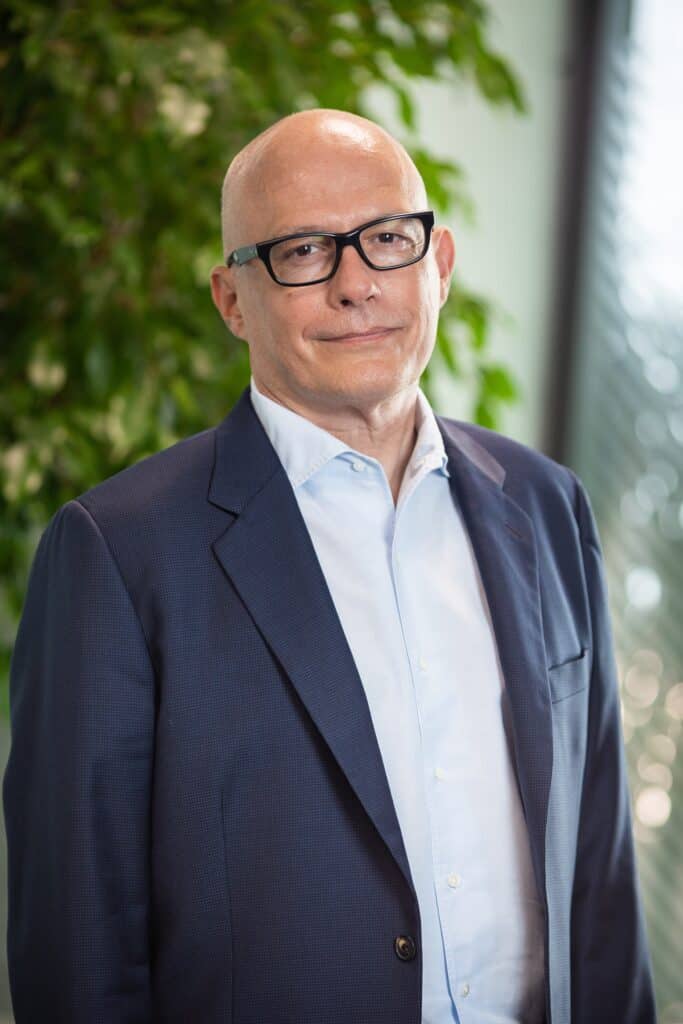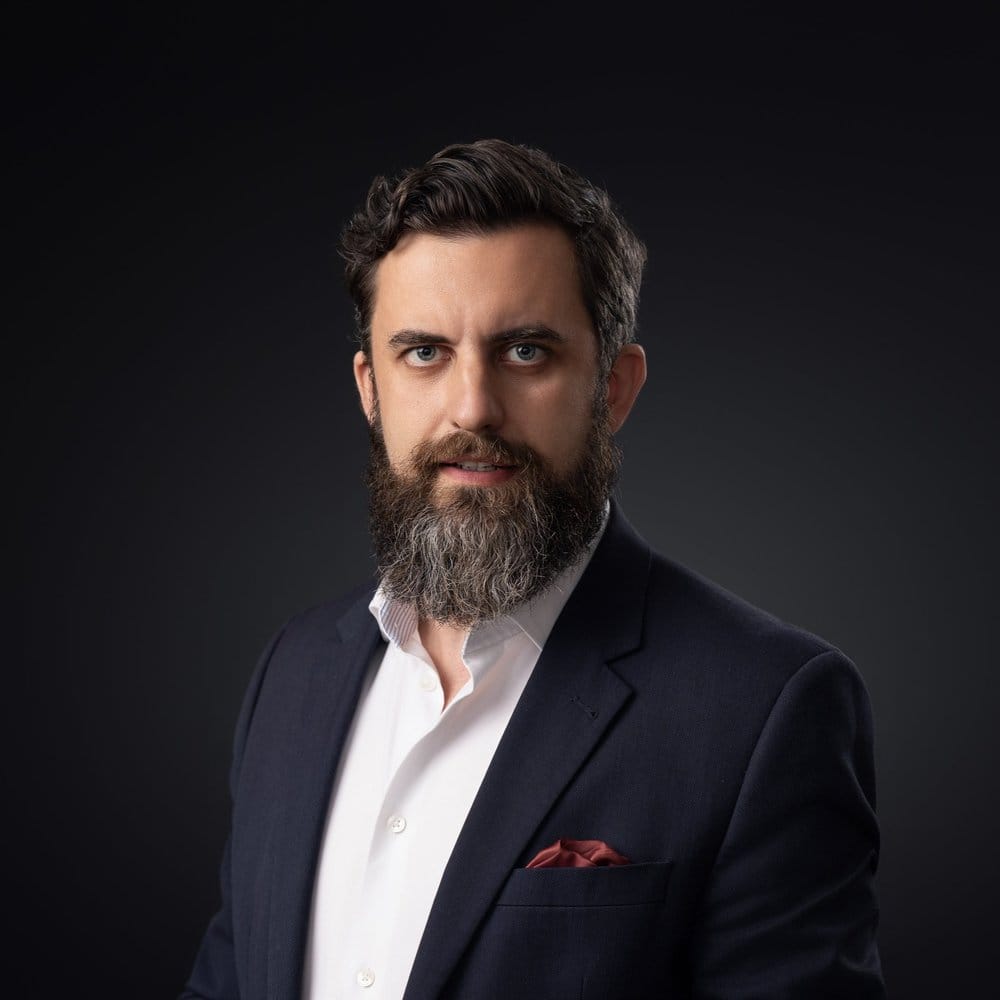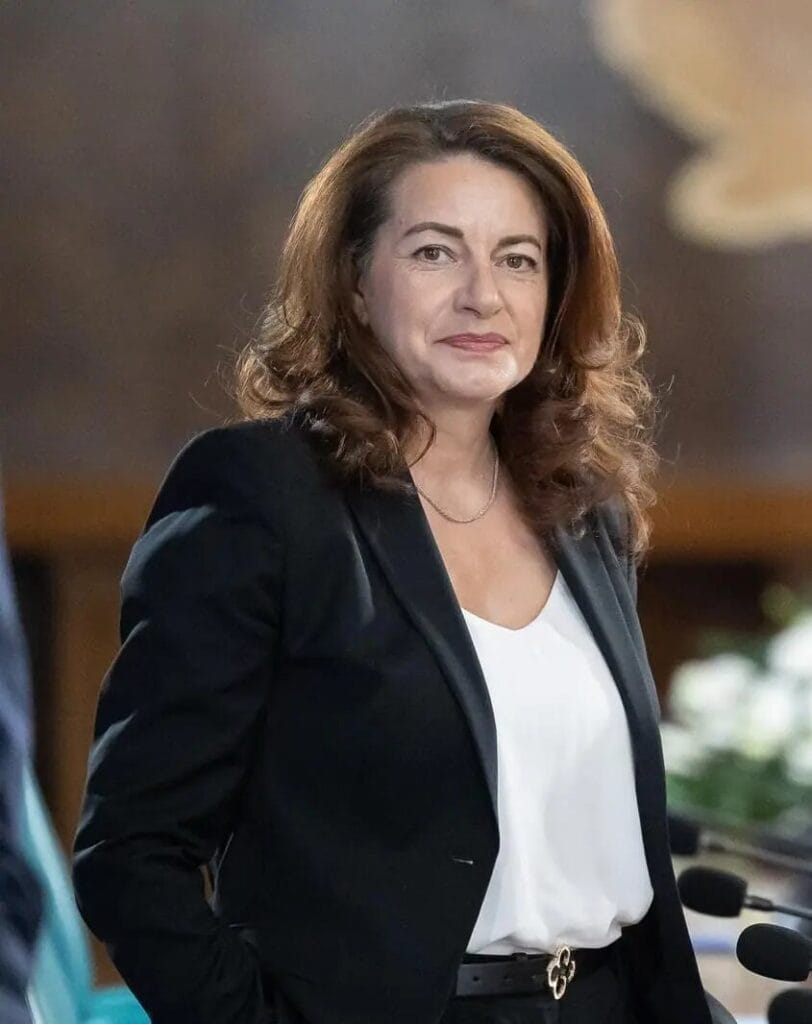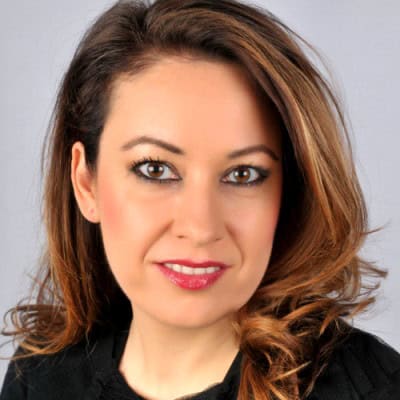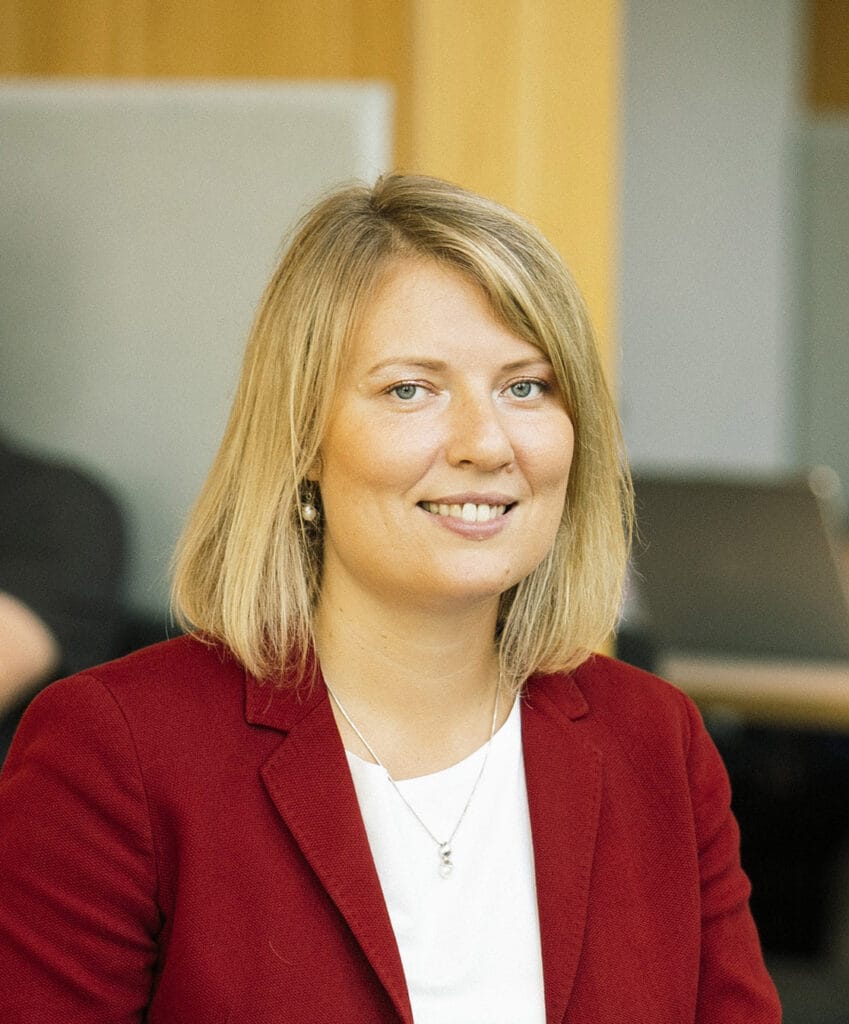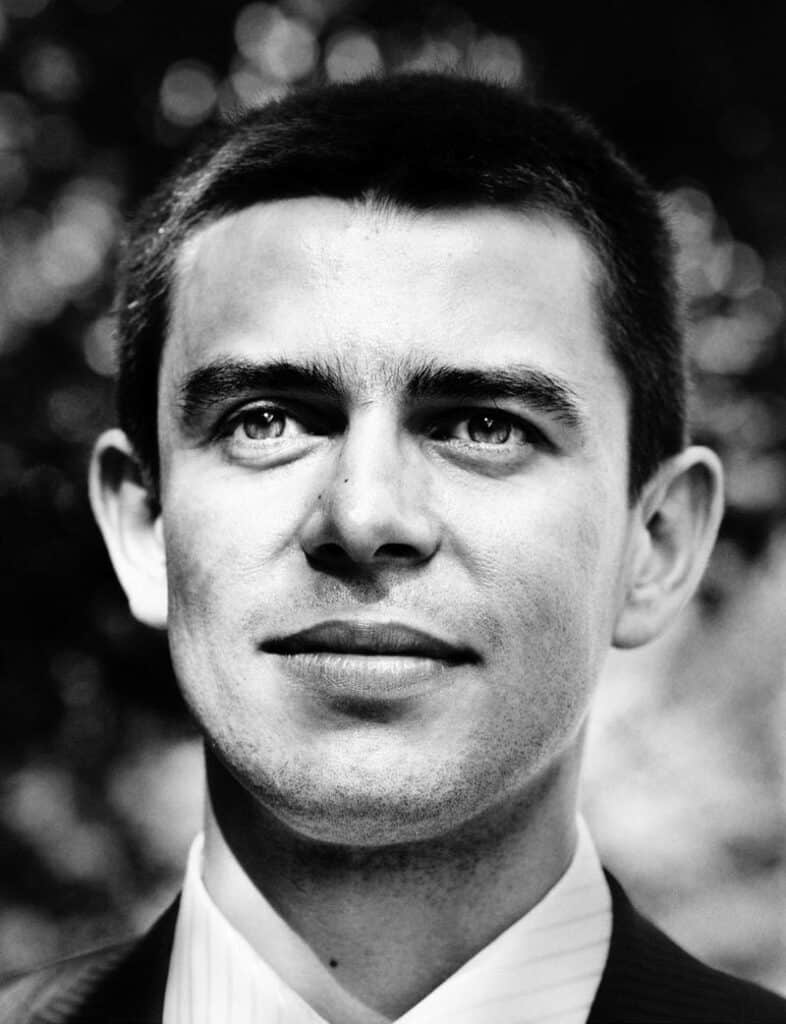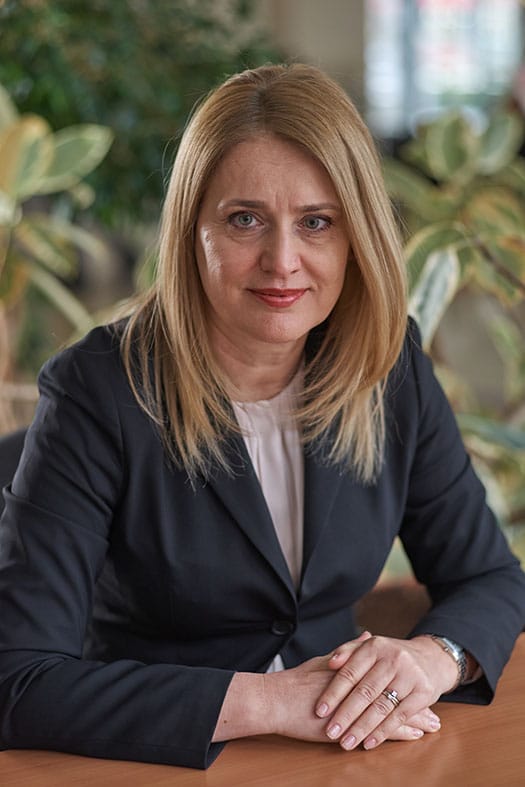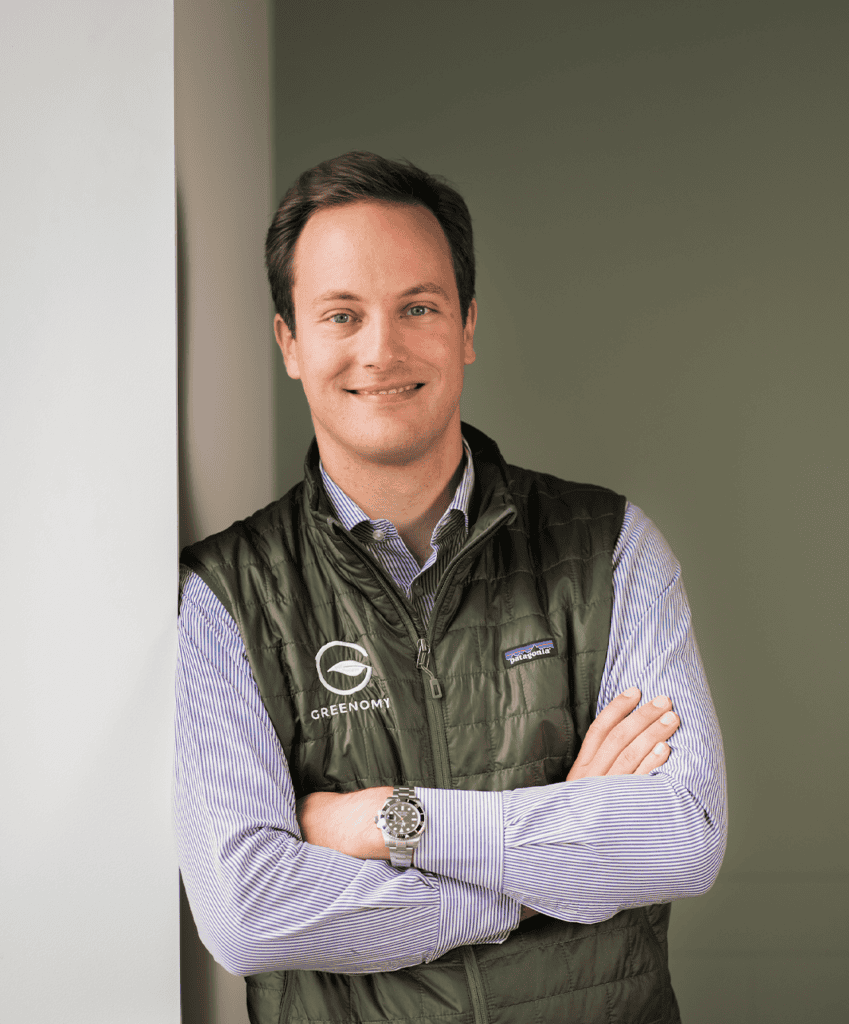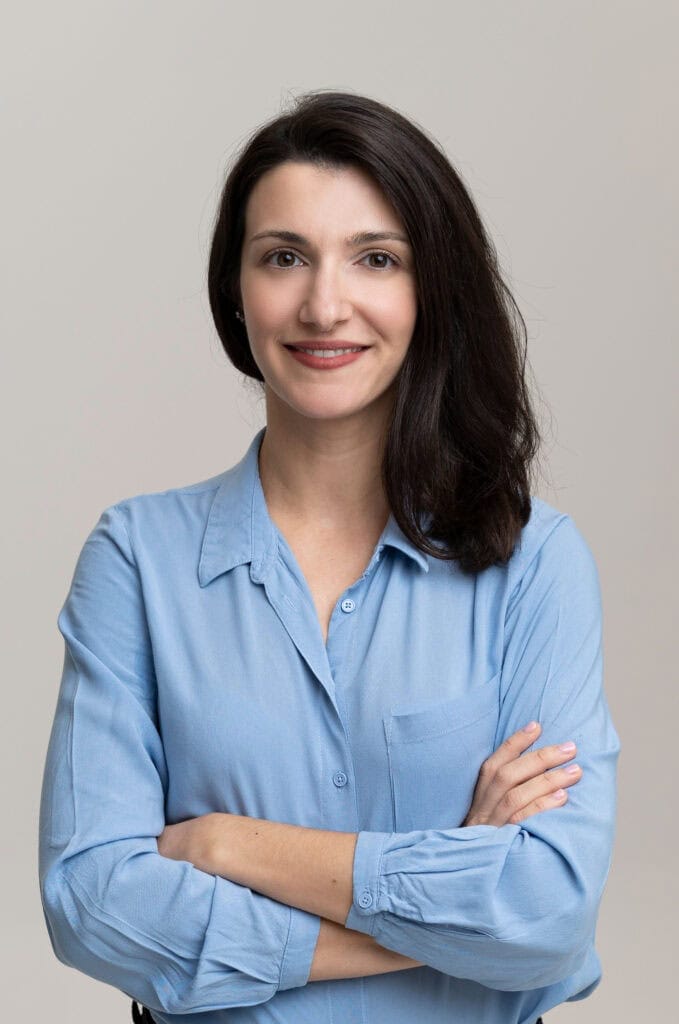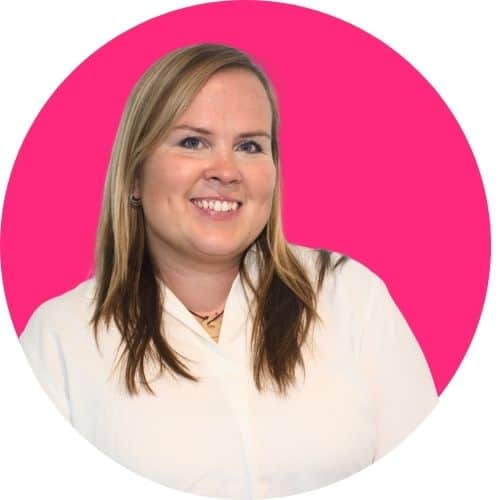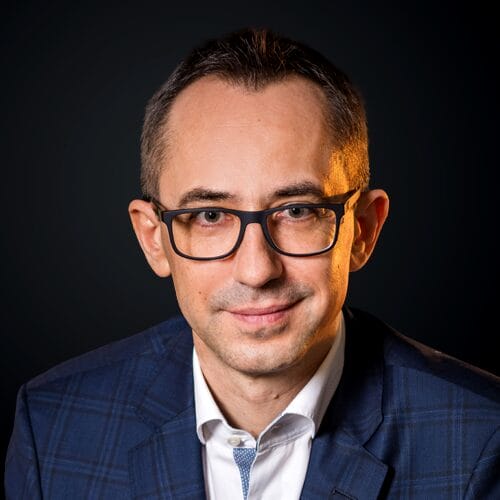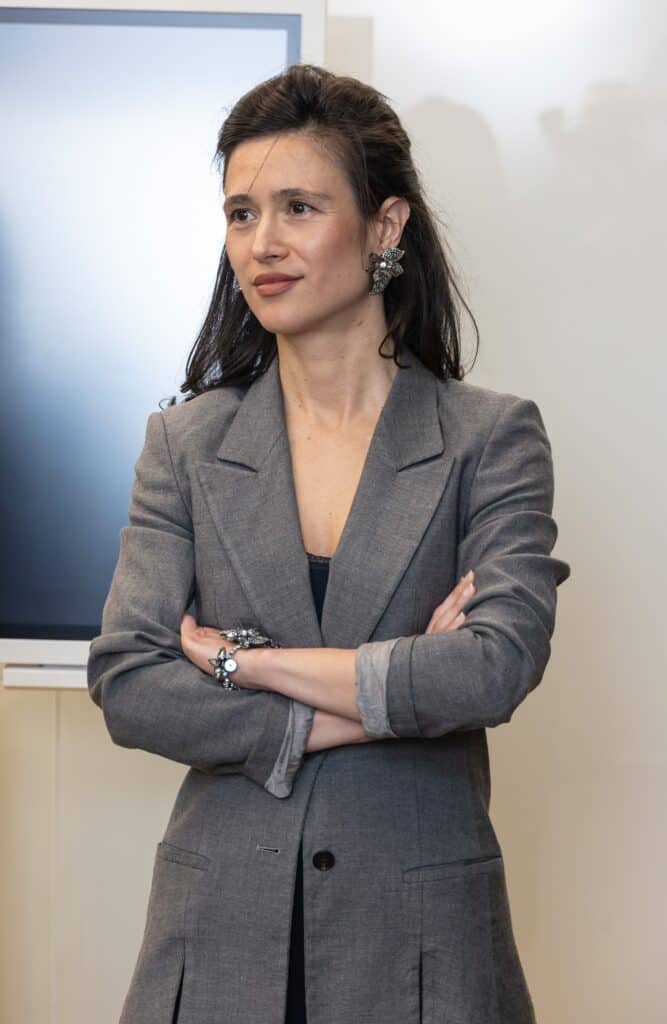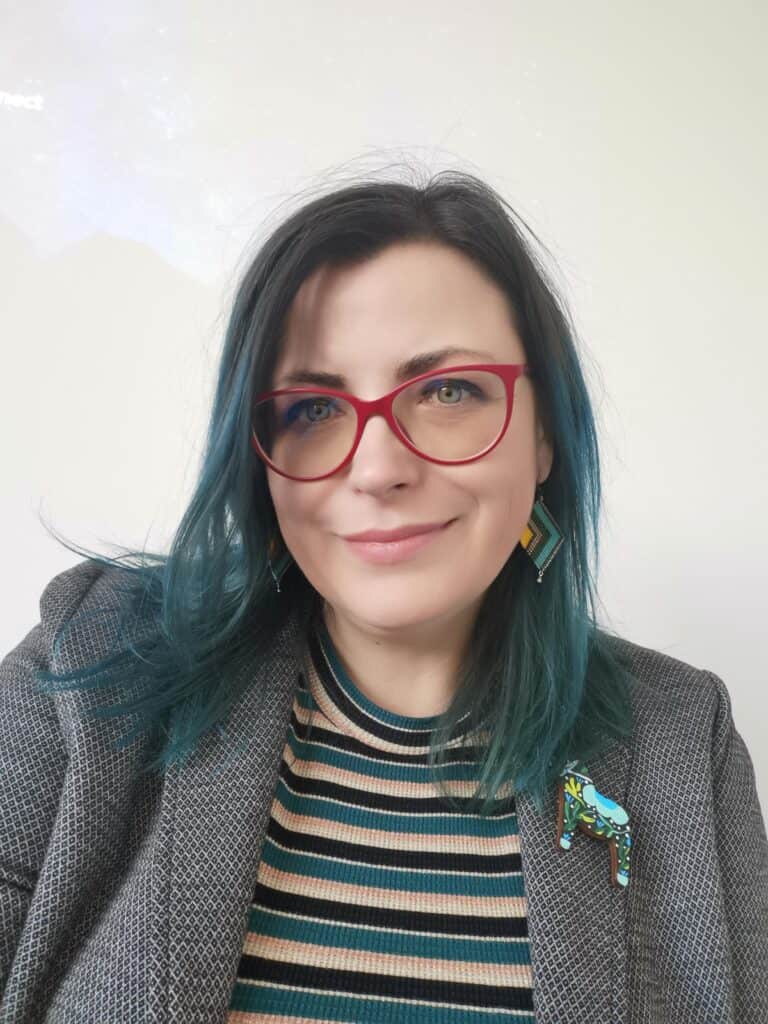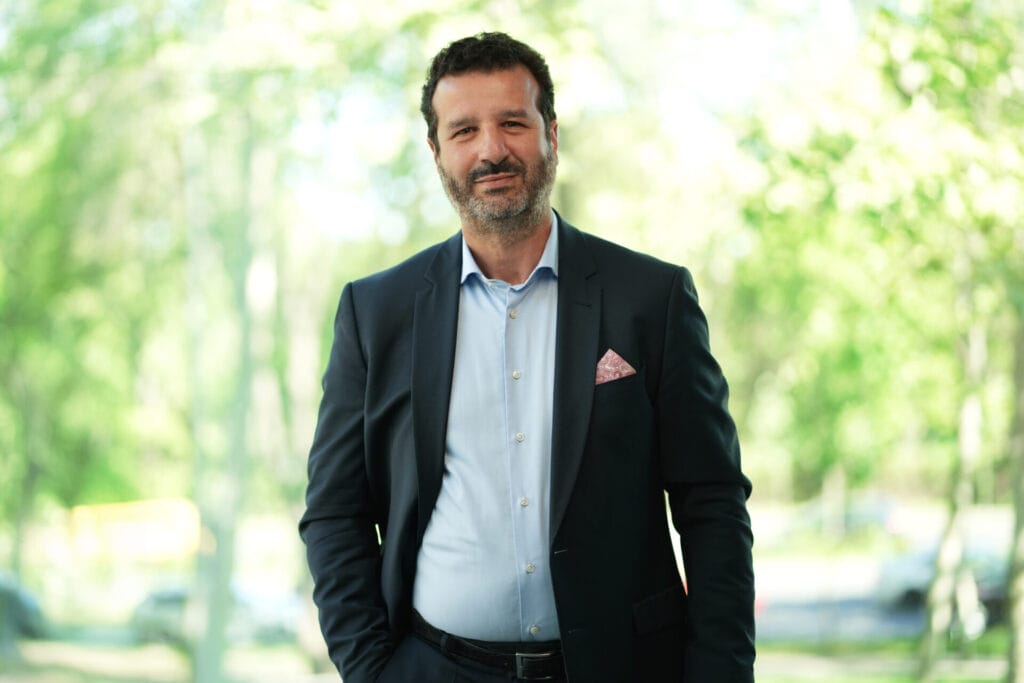A broad and general meaning of the word “circular” is “round” or “circle shaped”. In other words, limitless, endless, without an end. A circle starts nowhere and never comes to a finish line. Whatever a random starting point we might choose, if we follow the round shape, we circle back to it.
“Economy” refers, also in general terms, at the structure of how life looks like for a state, region, area, household. Structurally speaking, it means the network of inter-related processes of production, distribution, consumption, and exchange activities through which all resources available are allocated as to make the system work efficiently.
When we put together the two words, we get circular economy, i.e., a system that keeps on giving through allocation and transformation of resources to reach efficiency and as close as possible to zero waste. You start from resources, transit products and complex transformations, to circle back to waste management which restarts the system with a new generation of resources. It doesn’t end.
This is a very hot topic for worldwide economies because throughout the last decades, economies of scale and globalization of production, distribution and consumption made it as such that international circuits and systems allowed massive amounts of waste to overfill the surroundings of the circles. Economies failed to circle back, so to say. Instead, they witnessed various leakages of resources, final products, chemicals, toxic junk. Regardless of the impact of these throw-outs, they were allowed and even began to be considered a default element of any production/consumption cycle. Because private and public agents focused just on their own economies and production cycles, they missed a bigger picture: the impact their individual leakage had at an international scale. Because added from one unit to another, they amount to such big levels at the international level, that they endanger life itself. Making the surroundings of our economic cycle a dumpster for everything we don’t need is not feasible anymore, as eventually, we all become little dumpsters of our own reckless behavior. So, overlooking the consequences of our poor waste management systems is not an option anymore, as today we are all back yards for the neighbor next door.
Nature adapted so far as good as it could, and today we need to support it, for it to keep supporting our life on this planet.
Circular economy is a great starting point, and we can all play a role.
A circular economy (also referred to as circularity and CE) is a model of production and consumption, which involves sharing, leasing, reusing, repairing, refurbishing, and recycling existing materials and products for as long as possible. It is a change from the classical economical model in which resources are mined, made into products, and then become waste to a new one which reduces material use, redesigns materials to be less resource intensive, and recaptures “waste” as a resource to manufacture new materials and products.
Because of this no-waste approach, circular economy provides a solution-framework that tackles global challenges like climate change, biodiversity loss, waste, and pollution due to its pursue to transform every element of the take-make-waste system. It comes down to 4 HOWs:
- The HOW of resources allocation
- The HOW of making the products
- The HOW of using the products
- The HOW of waste management
The World Economic Forum defines circular economy as “an industrial system that is restorative or regenerative by intention and design. It replaces the end-of-life concept with restoration, shifts towards the use of renewable energy, eliminates the use of toxic chemicals, which impair reuse and return to the biosphere, and aims for the elimination of waste through the superior design of materials, products, systems, and business models.” Quite straightforward.
A visual representation of this definition would be this one.

The principles behind this picture and the circular economy are rather simple and intuitive:
- Energy and resources are gold. The circular economy mindset starts from the idea that there is no such thing as waste, so anything that comes out of a production cycle can and should be designed to enter another one. The end goal is to preserve and enhance the balance of renewable resources flows.
- Nature’s cycles and design must be followed. Circular economy distinguishes technical cycles from biological ones. Biological cycles accommodate consumption which ends up in biologically based materials which are designed to feed back into the system through processes like anaerobic digestion or composting (food, linen, cork). They regenerate living systems (soil, oceans) which keep providing renewable resources for the economy. Technical cycles recover and restore products (TV sets), components (motherboards), and materials (limestone) through reuse, repair, remanufacture or recycling. Optimization of resource yields by circulating products, components, and the materials in use at the highest utility in both technical and biological cycles is key.
- Full speed ahead with renewable energies. Starting from the idea that the energy fueling economic cycles should be renewable, action towards decreasing resource dependence and increasing systems resilience means developing effectiveness and designing out externalities.
The benefits of this hard work are incommensurable because circular economy is an industrial model that is regenerative by intention and fights the volatility of climate change.
- Healthy and resilient soils. One of the main concerns of this system is to ensure that important nutrients return to the soil through anaerobic processes and composting. This softens exploitation of land and “waste” is returned to the soil, making it more nutrient-rich and resilient. Soil degradation is estimated at around 40 billion dollars annually worldwide plus hidden costs of lost biodiversity. Back in 2016, an Ellen MacArthur Foundation Study found that a circular economy model working in Europe’s food systems has the potential to decrease 80% of the use of artificial fertilizer and therefore contributing to the natural balance of soils. Today the figures went way up.
- Increased potential for economic growth. There is a significant increase in revenues from new circular activities, together with a cheaper production based on disassembling and reusing system’s components.
- More resources saved. At the core of this process, resources-focused attention is the heart that beats in every circular system where every component is seen as an opportunity.
- Employment growth. Designers and engineers to make lasting and easily disassembling products, innovators for new business models are just some examples.
- Fewer greenhouse gas emissions. Fighting the excessive exploitation of the natural resources, circular economy can
- use renewable energy which in the long run is less polluting than fossil fuels
- reuse materials and makes less goods and functional products needed,
- see residues as valuable and reabsorbs them in the cycles wherever possible
- select energy-efficient and non-toxic materials in all manufacturing processes
- Fewer negative externalities. Land use, soil, water, and air pollution are better managed, so the emission of toxic substances and climate change are more closely monitored and waste leakage prevented.
- New profit opportunities. New profit streams can come from playing on new markets, cutting costs off with waste or energy cost savings.
- Volatility reduction. If more recycled, reusable and easily transformed inputs that have a higher share of labor costs would be used, companies would become less dependent on the volatility of the price of international raw materials.
- Demand for new services. Like logistics for product reintroduction in the system, sales platforms that facilitate higher utilization of raw materials or product refurbishment.
Eventually, the universal benefit we can all witness is a healthier planet and a healthier life for ourselves.
Even though there still are barriers to a global circular economy model (the challenges of new business models, private sector reluctance, governmental and institutional drawbacks, complexity of synergies, technological challenges), the path forward is clear and sooner rather than later, we will pursue it.


